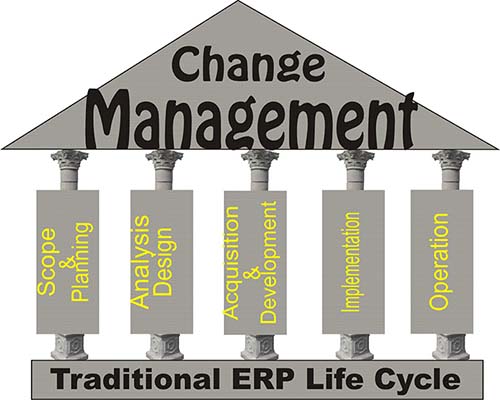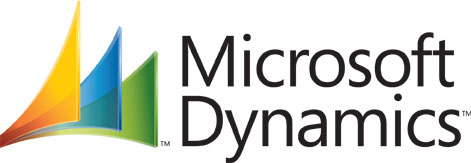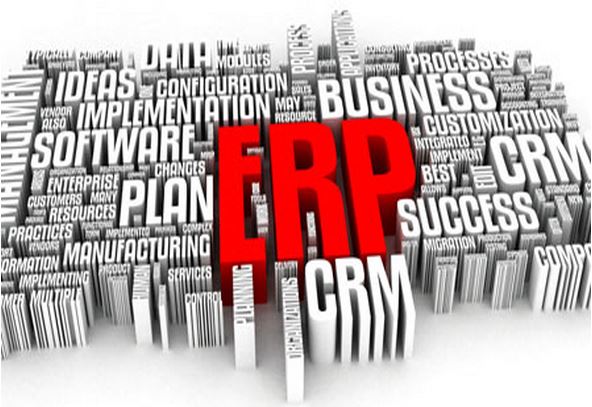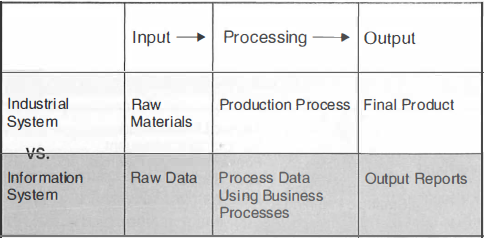PART A: Respond to the Following Case Study.
If an organisation has business processes that do not match any commercially available ERP, should the organisation adopt an ERP?
Provide factors for and against and suggest other possible considerations that would factor in your reasoning.
1. If an organisation has business processes that do not match any commercially available ERP, should the organisation adopt an ERP?
Every enterprise will have increasing data volume, market sales, market share, profits, and expanding their business functionalities to meet their business objectives. They need to integrate all their multi business functionalities into a single system. Some of them build their in-house system or purchase “off-the-shelf” systems (legacy system), but some of them failed to maximise their business functionality in their system. The reason is because their system is classified old-fashionable system in the market. In the same way, they eventually have to survive in the market or even some of them have to close down their business, because they could not get any competitive advantages. Recently, ERP (Enterprise Resource Planning) is the current trend in the business, which can support an organisation to overcome those difficulties by integrating all their fundamental business process functionalities. The result is an organisational can significantly increases the business productivities of all the company’s stakeholders, which are manager, employees and customers. The key argument when a particular organisation’s business process does not exactly match with any commercially available ERP is a very critical decision to make. Ultimately, the objectives of integrating process are automated, faster, real-time, secure, and centralise the business processes. The key considerations of adopting an ERP or not rely on selecting an ERP system vendor. They can observe from the business process functionalities and ERP features has alignment and ensure everything works properly. Considering the massive benefits of having an ERP within the organisation is very essential. Other considerations are:
2. Factors for and against considered in the ERP implementation.
- Redesign the business processes in advanced to obtain competitive advantages.
- An organisation can customise the ERP features using “vanilla” implementation approach to adapt the business functionalities to meet the business objectives.
- Top-level management uses change management component in their clearly delivered communication plan to meet their business expectation.
- Top-level management uses OPM3 process, which assist an knowledge about current enterprise and experience in implementation; measure the implementation experience using ERP system in the company; and support the level of implementation capabilities; and minimise the risk management.
Adopting ERP regardless if it matches the organisation’s business process at certain areas is beneficial and makes the business more profitable like, making employees happy by being paid on time, smart decisions from executive and managerial level through statistics and reports, and even making the life of stakeholders and customer easier in a centralised process that is provided by ERP. In addition to that, it provides visibility into all important part and aspect of the business process across different departments within the organisation.
Although there are some disadvantages in jumping into a decision to actually adopt ERP regardless if it meets the exact needs of the organisation. The obvious and initial factor that the business will see is the “cost”. ERP customisation, planning, configuration, testing, implementation, etc can be a serious tedious job and demands serious resources from the organisation. Deployment make take several years, cost savings and payback may not be realised pretty soon right after the ERP implementation.
3, suggest other possible considerations that would factor in your reasoning.Other possible factor to consider in this reasoning is looking for a flexible vendor or system that can adopt phase by phase or gradual implementation. This means that although an ERP is a long process to be taken, any vendor or system that can implement the whole ERP in a modular basis. The possibility to integrate one module after the other that really caters the initial needs of the business is the most significant factor to be considered.
PART B: Post an entry to your blog that answers the following questions:
1. What was the most difficult assessment item you completed so far in COIT20230 this term?
- Assignment 2 (Case Study)
2. What was difficult about it and how would you suggest it could be improved?
- Insufficient clear information in advanced about SAP and legacy system.
- Too much effort to research time to get some ideas.
Advice for improvement:
- Provide some articles for beyond research.
- Give the requirement not as much references as this term.
3. If you could provide three (3) pieces of advice to a student who will be doing this course next term what would they be?
- Organise their study plan start from the beginning of the term what will they can accomplish the deadline.
- Do research early and attend all the classes.
- Try to meet the studies objection weekly basis.
4. How will you be able to use this knowledge/these skills in your future career?
This course is useful for me in the future career by bringing this knowledge. I understand how to analyse the issues in the company by involving all the stakeholders and existing resources. I understand how to create a successful project, by analysing a critical (key) success factors (CSF). There is the way to maximise a business performance by utilising ERP systems, however, we have to consider when we are selecting an ERP vendor with its features, its support systems for the organisation.







































You must be logged in to post a comment.